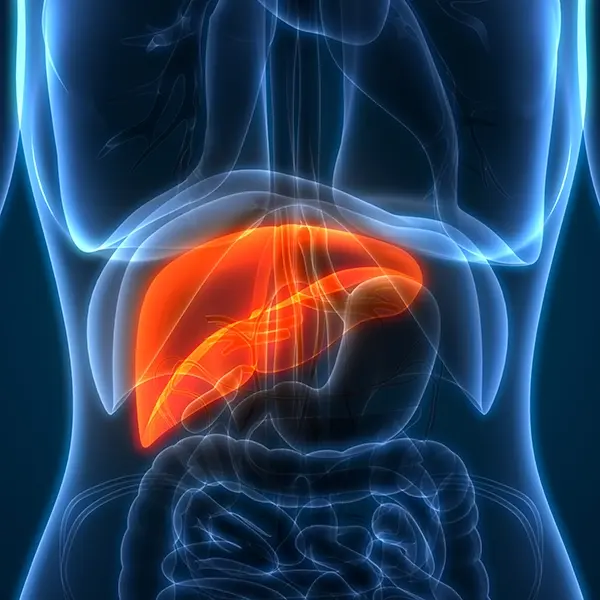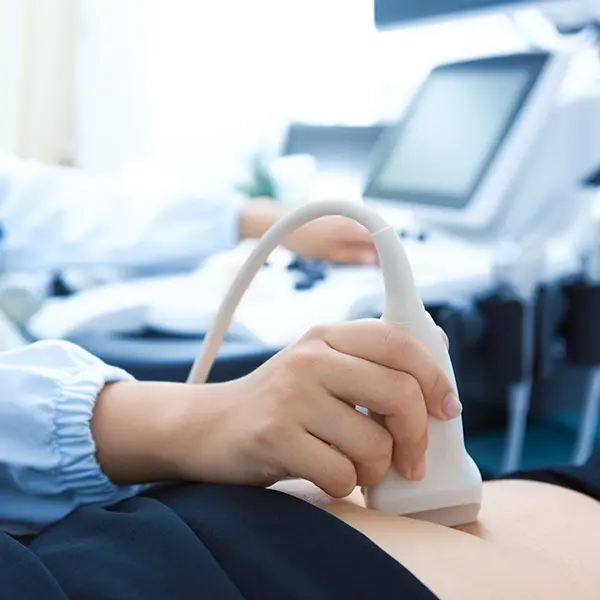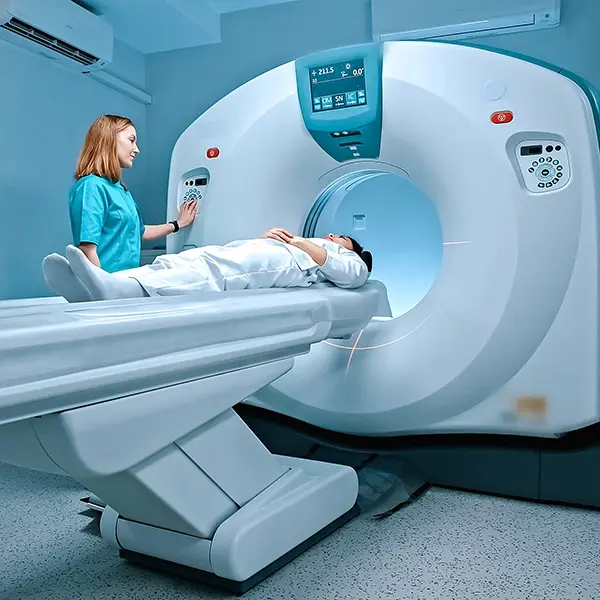What is NASH/NAFLD?
Non-alcoholic fatty liver disease (NAFLD), also referred to as Metabolic dysfunction-associated steatotic liver disease (MASLD), is a common condition in which excess fat builds up in your liver. Non-Alcoholic steatohepatitis, or NASH (also referred to as metabolic dysfunction-associated steatohepatitis, or MASH) is a type of NAFLD, in which you have inflammation and liver damage, along with fat in your liver.
NAFLD is one of the most common causes of liver disease in the United States. The majority of people with NAFLD have NAFL. Only a small number of people with NAFLD have NASH. Experts estimate about 24% of U.S. adults have NAFLD and about 1.5% to 6.5% of U.S. adults have NASH (per the National Institute of Health).
NAFLD is more common in people who have certain diseases and conditions, including obesity, and conditions that may be related to obesity, such as type 2 diabetes. Studies suggest that one-third to two-thirds of people with type 2 diabetes have NAFLD. Research also suggests that NAFLD is present in up to 75% of people who are overweight and in more than 90% of people who have severe obesity.
NAFLD can affect people of any age, including children. Research suggests that close to 10% of U.S. children ages 2 to 19 have NAFLD. However, people are more likely to develop NAFLD as they age.
While NAFLD occurs in people of all races and ethnicities, it is most common among Hispanic individuals, followed by non-Hispanic whites and Asian Americans, including those of East Asian and South Asian descent.
Risk Factors
If you have any of the following risk factors, liver research may be an option for you:
- Type 2 diabetes
- Hypertension
- High cholesterol
- Obesity
- Of Hispanic ethnicity
- Postmenopausal (women)
- Abnormal liver tests
How is Fat in the Liver Measured?
Liver fat is measured using Ultrasound Derived Fat Fraction (UDFF). This is an ultrasound machine equipped with a special feature that quantifies fat content in the liver by evaluating tissue stiffness. Livers that are high in fat content also show an increased level of tissue stiffness and associated fibrosis.
This is a non-invasive technique that takes only several moments in which UDFF acquires data and produces a quantitative measure of liver steatosis directly from the ultrasound images.
UDFF is often considered a non-invasive and cost-effective alternative to MRI for liver fat quantification, with studies demonstrating good correlation between UDFF values and MRI-PDFF measurements.




